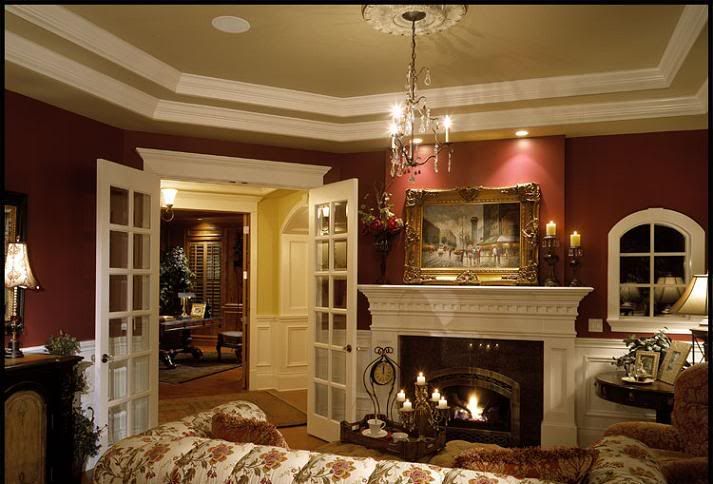Illustration: Traditional embroidery for a man's shirt
The history of Bosnia is one that represents a complex patchwork of cultures and religions. The decorative crafts, particularly those concerned with textiles, reflect that same diversity. Embroidery has always been an important component of cultural identity, no more so than in the Balkans where shifting political boundaries have for centuries been largely irrelevant compared to those of the cultural variety. Bosnia may have sat uncomfortably within the sphere of empires and dominating cultural regions. However, it has managed to produce decorative work, which although influenced by those around it, does reflect the diversity within its borders.
Illustration: Traditional Bosnian Islamic costume
Embroidery in Bosnia can be crudely segregated into three distinctive styles. Urban centres were largely Turkish administrative points for the Turkish Empire and so were therefore mostly Islamic in makeup. The south and west of Bosnia had a stronger decorative affiliation and strong trade links with the Mediterranean and Italy in particular. The northern part of the region bordering the Austro Hungarian Empire was much more heavily influenced by the styles of Central Europe. Obviously these are generalizations and the complexities of Bosnian regional and specifically those of a highly localised variation, abounded.
Illustration: Traditional Bosnian Christian costume
As with many regions embroidery was often a domestic craft produced by women. Both Islamic and Christian families used embroidery extensively for festivals and particularly weddings. However, embroidery had a much wider scope than this and could be found as a decorative effect used domestically and as an addition to other textile crafts such as knit. Knitted socks with embroidered embellishment was a particular feature of the region, though not necessarily Bosnia specifically.
Although there are regional differences in pattern work throughout Bosnia and particularly within national costume, floral based decorative work was popular in both urban and rural areas. It can sometimes be confusing in trying to differentiate between the main decorative style in Bosnia, as for example both Islamic and Christian groups used floral motifs extensively, as did the two other main influences on the region Italy and Austria.
Illustration: Traditional Bosnian embroidered cap
Part of the problem with identifying the decorative origins of work produced in such diverse cultural areas as can be found in Eastern Europe and the Balkans, is that of the multi-layered effect of history and its influence. There are so many cultural layers of peoples, empires and religions that have influenced and guided the decorative effects of at least a certain proportion of embroidery work within the region, that it will always be difficult to disentangle those influences on the pattern work of the region. However, this does not mean that much of the embroidery work within Bosnia cannot be identified with a specific religion or ethnic background.
Recently due to the violent fragmentation of Yugoslavia, Bosnia has had to restructure itself along largely religious, rather than truly ethnic grounds. Catholic Bosnians have become associated with Croats in the west. Greek Orthodox Bosnians have become associated with Serbians in the east and north, while the largely urban Islamic Bosnians occupy the centre of the country.
Illustration: Traditional Bosnian embroidered cap
Because of this largely artificial division that did not really exist within the old Yugoslavia, Bosnians have had to redistribute themselves, often forcibly, to the regions that their religion identifies them with. This has largely broken up the traditional patchwork of cultural and craft traditions of the region, scattering those traditions across the country and beyond. However, those same traditions have managed to survive and in time may well flourish. New traditions are forming from the old as craftspeople from different backgrounds interact in the new divisions of Bosnia. This interaction will hopefully lead to new pathways for craft work in general and Bosnian embroidery specifically.
Reference links:
Peasant Art in Austria and Hungary
Embroidered Textiles: A World Guide to Traditional Patterns























No comments:
Post a Comment